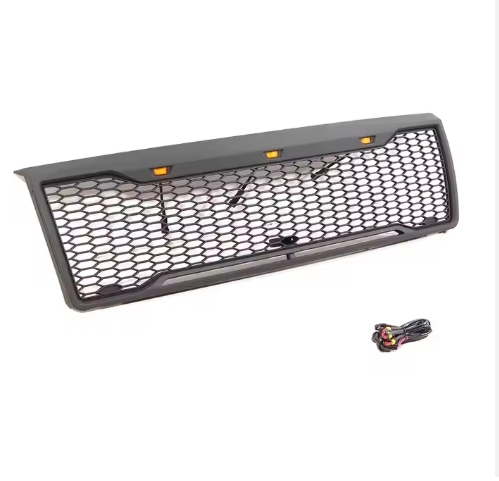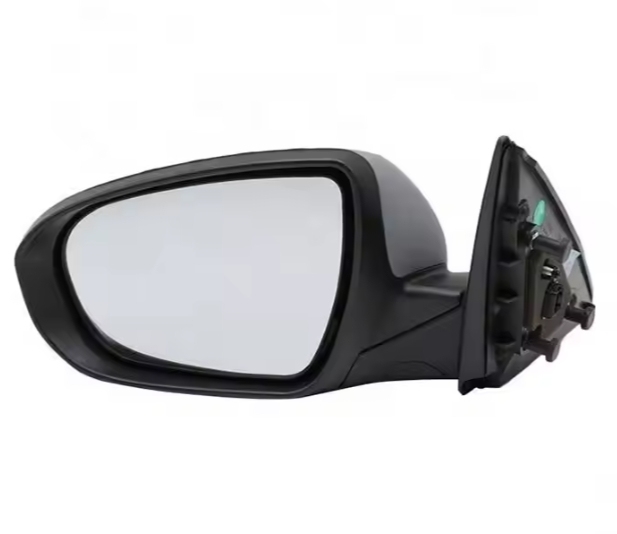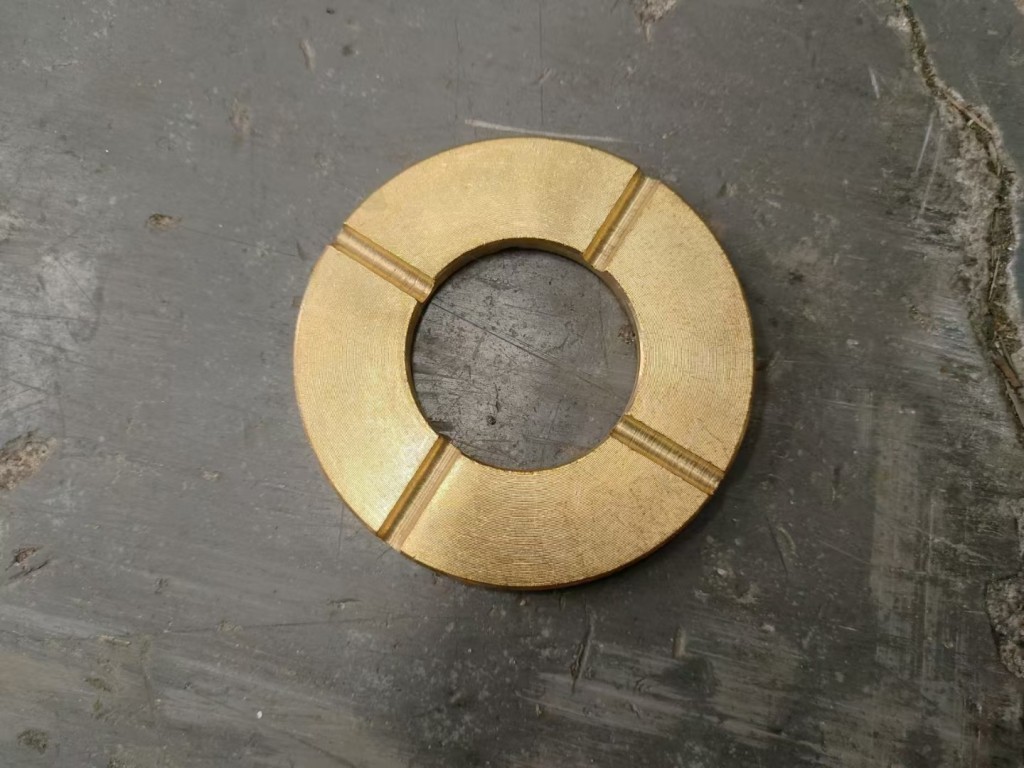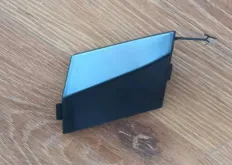DIY-The first wave, repairing the failure of Jialu oil pressure regulating valve
I have to buy another car, though I don’t want to leave the car that has been with me for 21 years. Get a Jiaru, blue, manual gear, as a tribute to my Sail.
No more nonsense, began to bullshit DIY car repair.
This 2017 Jiaru enterprising model, with a mileage of 50,000 kilometers, has been maintained in the 4S store and is in good condition. When starting with the decoder to check the fault code, only one is the fault of the oil pressure regulating valve.
The common faults of Jiaru are studied before buying a car, among which there may be problems with the oil pressure control valve (hereinafter referred to as the control valve) and two oil pressure switches of the EA211 1.4T engine in some years, in which the control valve may fail, that is, the oil pump has been working at high pressure and will not trigger the engine fault light, resulting in a slight increase in fuel consumption. In severe cases, the regulating valve and two pressure switches will leak oil, and worst of all, the oil will follow the wire harness into the plug of ECU, which may cause ECU failure, which is a serious failure.
Next, let’s talk about how to repair DIY.
The upper decoder scans the P164E00 fault code to indicate “Oil pressure regulating valve-electrical fault”. There is no unusual feeling when the vehicle is driving, and the dashboard engine failure light will not be triggered.

T30 Torx batch head for removing regulating valve retaining nut
Torque wrench, 4-20Nm, install regulating valve retaining nut
Spare parts, auxiliary materials
Regulating valve * 1
A small amount of oil, used to lubricate the O-ring of the control valve and, if necessary, replenish the oil lost during disassembly and disassembly

The regulating valve is located on the lower side of the ternary catalytic converter at the right rear of the engine (part No. 5), as shown in the following figure:

Disassemble
First untie the heat insulation fiber cover (it seems to be close to the three-way catalytic converter, the temperature is higher), loosen the wire harness connector (pull up the gray locking piece and press inward), use T30 to remove the regulating valve fixing bolt, you can pull out the regulating valve, maybe a small amount of oil leakage on the right.
Installation
Cleaning dust near the installation hole, I used Kimberly-Clark industrial dust-free paper. Then lubricate the O-ring of the control valve with a small amount of oil, gently push into the mounting hole, install the fixing bolt, and torque 8Nm.
Plug in the harness connector and put on the heat shield.
Check the oil level and supplement if necessary.
Clear the fault with the decoder and confirm that the fault code will not be reproduced. I do not know whether it will disappear by itself for a period of time if the fault code is not cleared.
Additional inspection
Two oil pressure switches (positioning figure 8 and part 2) and ECU harness connectors were checked and no oil leakage was found.



The ideal state of engine lubrication oil pressure is to adjust continuously with the rotational speed, which can ensure full lubrication and reduce fuel consumption and CO2 emissions. EA211 1.4T maintains the German style, using a variable displacement oil pump, that is, the oil pump works in two displacement states (it is said that the EA211 1.5T EVO further uses a continuously variable displacement), the low pressure is about 1.8Bar and the high pressure is about 3.3Bar. ECU is based on engine speed and load to determine when to adjust the pressure. The exception is that within 1000 kilometers of the new car, you have been working under high pressure, the so-called running-in period.

If grounded, the control valve solenoid drives the internal valve stem, the two oil channels are open, the oil pressure on both sides of the internal push rod of the oil pump is the same, the gear of the oil pump is in the lowest state of relative position, and the amount of oil out of the pump is small, that is, low pressure.
If the drive end of ECU is open, the solenoid of the control valve does not work, and an oil channel control is blocked by the elastic push of the internal spring, and the oil pump push rod pushes one of the gears to move due to the oil pressure difference, the relative position of the two gears is offset, and the pumping capacity is increased, that is, the high pressure state.
For example, Wang er studied Chen Qingyang’s body (Wang Xiaobo’s “Golden Age”) with revolutionary friendship. I also dissected the regulating valve and studied its structure.
Get on my Makita brushless angle grinder and quickly disassemble the control valve removed.




Most of the vehicles in the big cities are in low speed and low load conditions, that is, the control valves are powered on most of the time. It is estimated that this is also one of the reasons for the early failure of the battery valve coil. My car is the open circuit failure of the battery valve coil.
In addition, the two O-rings are very thin, if there is a gap between the solenoid shell and the outer layer (both made of plastic resin) when heated, and the O-ring seal is not good enough, the oil may enter the harness connector along the gap (although the connector is waterproof, it will leak under pressure, especially in reverse), and then eventually along the wire harness into the ECU. It is recommended to check for leakage every time the oil is changed. It seems that VW has improved this part since 2017, and the phenomenon of oil leakage has been reduced.
All right, that’s all for now.
 April 1, 2024
April 1, 2024  March 27, 2024
March 27, 2024 
 March 27, 2024
March 27, 2024 










